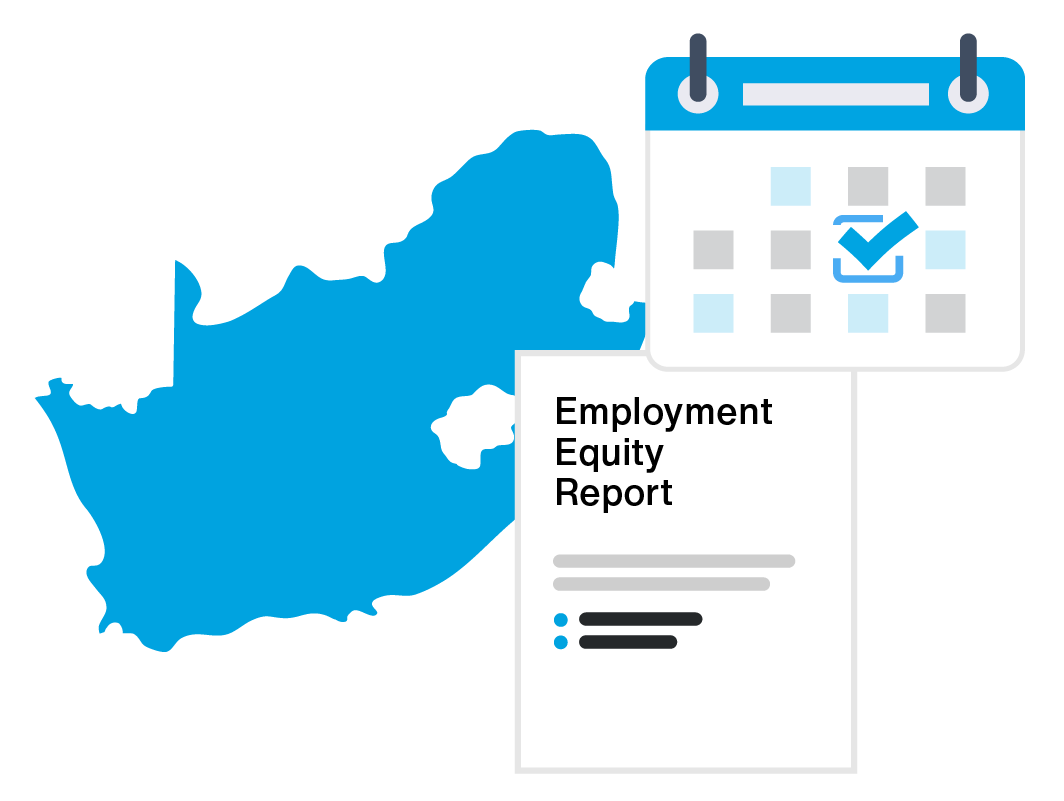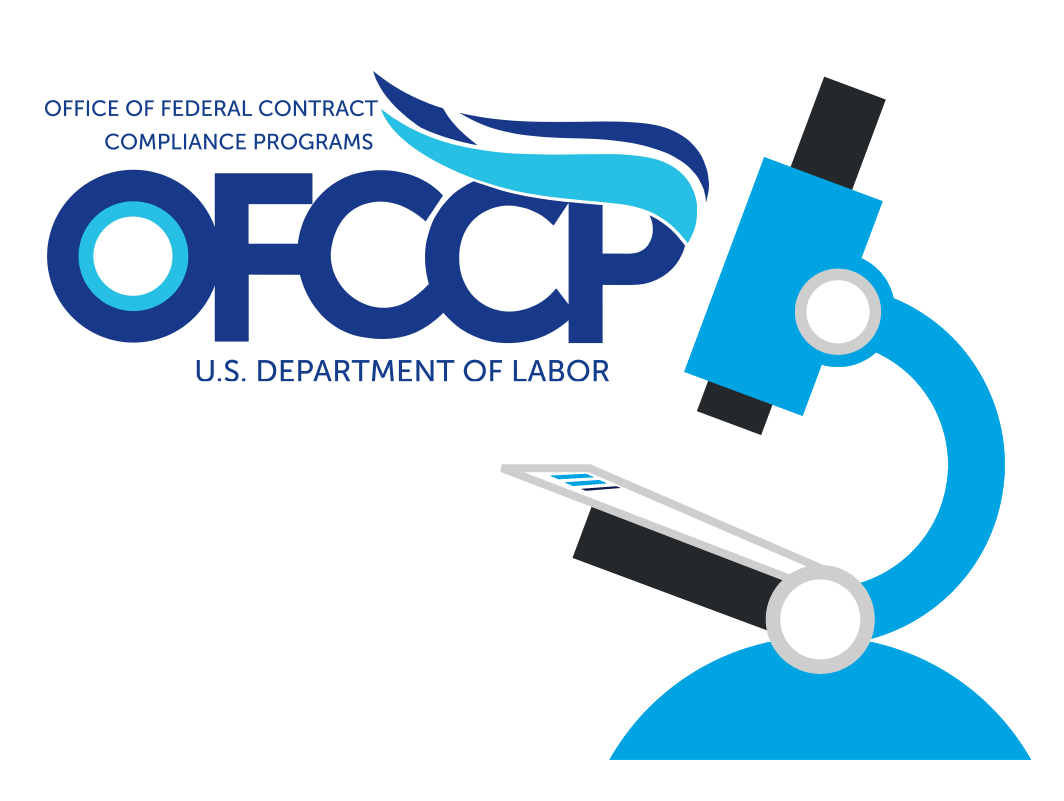
![]()
The National Labor Relations Board (“NLRB”) is the primary federal agency responsible for making decisions on workplace issues surrounding union activity. The NLRB interprets the National Labor Relations Act (“NLRA”), legislation that guarantees certain rights to employees, such as the right to form or join a union, as well as the right to refrain from union activities. But what happens when an employee, while ostensibly engaging in activity protected by the NLRA, simultaneously acts out via offensive or discriminatory conduct that, on its own, would require discipline or termination?
In a new decision called General Motors, the NLRB provides some insight into how to answer this question. It turns out that, in the past, the NLRB treated the protected union-related activity AND the offensive conduct as “analytically inseparable.” In other words, the NLRB refused to address the employee activities that were legally protected apart from the activities and conduct that deserved reprimand. General Motors changes this approach. In so doing, the NLRB is seemingly aware of this unprecedented moment in society where racial and gender equality are on many employers’ minds and discrimination, no matter the origin, is not tolerable. As the NLRB notes, “in some instances, violations found under these standards have conflicted alarmingly with employers’ obligations under federal, state, and local anti-discrimination laws.”
To resolve the tensions between legal protections for union-related activity and undesirable and/or discriminatory employee conduct, the NLRB changed the legal standard of analysis. As the NRLB notes in a press release, General Motors “modified the standard for determining whether employees have been lawfully disciplined or discharged after making abusive or offensive statements—including profane, racist, and sexually unacceptable remarks—in the course of activity otherwise protected under the [NLRA].” The new standard, drawn from a decision called Wright Line, uses a burden-framework. First, the General Counsel (an independent office in the NLRB that is responsible for investigating and prosecuting violations of the NLRA) must prove that the employee’s conduct, as protected under the NLRA, was a “motivating factor” in the discipline or termination decision. The burden then shifts to the employer to show that it would have taken the same course of action regardless of the protected conduct. The NLRB notes that one way for employers to make this showing is to point to “consistent discipline of other employees who engaged in similar abusive or offensive conduct.” The new legal standard will presumably have the effect of diminishing protections for racists, sexual harassers, and others.
In General Motors, the NLRB demonstrates it is cognizant of the social movements currently reshaping society, such as Black Lives Matter and TimesUp. NLRB Chairman John F. Ring stated that the General Motors decision was “long overdue.” “For too long,” he added, “the Board has protected employees who engage in obscene, racist, and sexually harassing speech not tolerated in almost any workplace today.” If your organization is curious about taking the next steps in addressing discriminatory conduct, experts across the human capital, legal services, and business intelligence industries recommend a pay equity audit as a critical tool in the employer’s risk management tool belt.
Not sure how to get started? Let Trusaic provide your organization with a free Pay Gap Risk Assessment, which can be conducted confidentially.
Here is what you will get:
- 1-hour consultation to our pay equity team comprised of regulatory compliance experts and data scientists;
- Answers to your pay equity questions;
- A pay gap analysis of your workforce.



